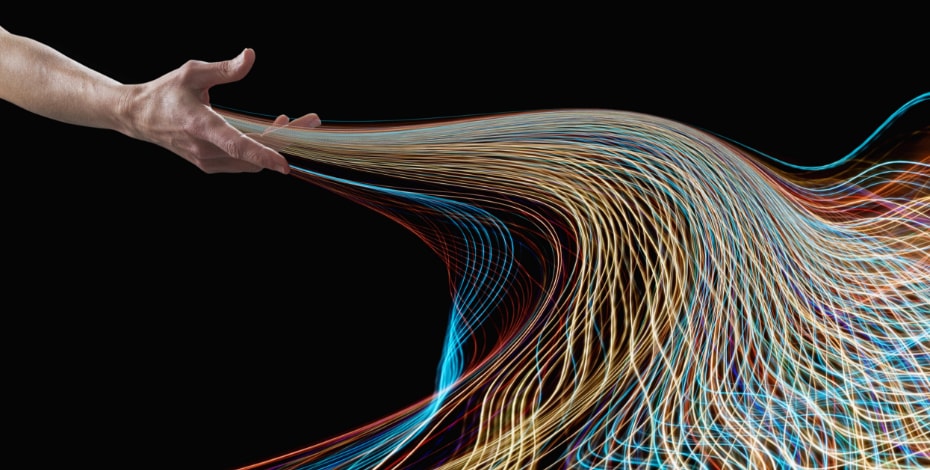
The future of physiotherapy: here’s to the next 50 years

This year marks the 50th anniversary of the Australian Physiotherapy Council accrediting entry-level physiotherapy education programs offered by higher education providers in Australia, and assessing the qualifications and skills of overseas-qualified physiotherapists.
After much deliberation, we decided that the best way to celebrate this milestone was to opt for the road less travelled, the counter-intuitive path, and leap rather than look forward. What we’ve done historically speaks for itself—it’s what the future of physiotherapy will look like 20, 30, 40, 50 years from now that takes our breath away.
So to present predictions that will bring to life what’s on the cards for our profession in the next half-century, we partnered with Morris Miselowski, a renowned futurist; Jumbla, an internationally acclaimed and award-winning animation and motion graphics studio; and Physiopedia, the world’s largest physiotherapy knowledge resource used by more than one million people every month from every country in the world.
While the findings and specific predictions can be left to the video itself, which can be found at physiocouncil.com.au/dontmove, the principal take-homes need not create panic—physiotherapy will endure, evolve and ultimately thrive; but just like every other profession and industry, physiotherapy won’t be immune to unprecedented change and will be transformed in the interests of improved patient care, practitioners and wellbeing delivery.
Put simply, while technological advancements and the health and wellbeing impacts for clients will change physiotherapy profoundly, human wisdom and human interface will remain sacrosanct. Technology is merely the toolkit for enhanced human-centred treatment … with a bigger and different range of toys to play with.
At the recent World Confederation for Physical Therapy Congress in Geneva, Physiopedia CEO Rachael Lowe encouraged us to get involved in the rapidly developing technology ‘story’ for our profession: ‘Now is not the time to sit by and watch what happens in this field. This will happen, this will impact our practice and we all need to get involved otherwise someone else will do it for us.’
While resistance to the fast-approaching tsunami of disruption is futile, physiotherapy 30 years from now will still exist and be at the forefront of healthcare (which means a lot when you consider that the World Economic Forum predicts 65 per cent of children entering primary school will end up in jobs that don’t yet exist). It doesn’t and/or administrative tasks physiotherapists currently do—but compassion, sagacity, insight, perception and guided manual therapy are not automatable.
And if it’s any consolation for a profession that prides itself on evidenced-based learnings and justifiably cautious and measured progression, as British billionaire Alex Beard writes in his new book Natural Born Learners: ‘…if the robots do take the jobs, it’s our human qualities that will count … The greatest impact of technology on learning may paradoxically be to push us towards the human.’
Piqued your interest yet? Here are a few morsels to whet your appetite without completely giving the game away:
By 2040 every human will come with their own hyper-personalised, constantly updated instruction manual covering the body, health and mind with real time diagnostics (personal X-ray, MRI, ultrasound, blood tests, PET and CAT scans), X-ray vision and a colour-coded guidance system to pain, issues and ailments. Physiotherapists will use this data to plan, perform and benchmark treatments.
By 2045 rehabilitation after illness for the most part will be relegated to the annals of history. Enter the new pre-habilitation— identifying and treating disease before it presents in the first place, a paradigmatic shift moving physiotherapy intervention from being responsive to proactive and pre-emptive.
By 2050 physiotherapists will be working inside the patient’s body, as well as outside of it.
Here’s to the next 50 years.
Anton Barnet-Harris, Australian Physiotherapy Council CEO
© Copyright 2025 by Australian Physiotherapy Association. All rights reserved.





